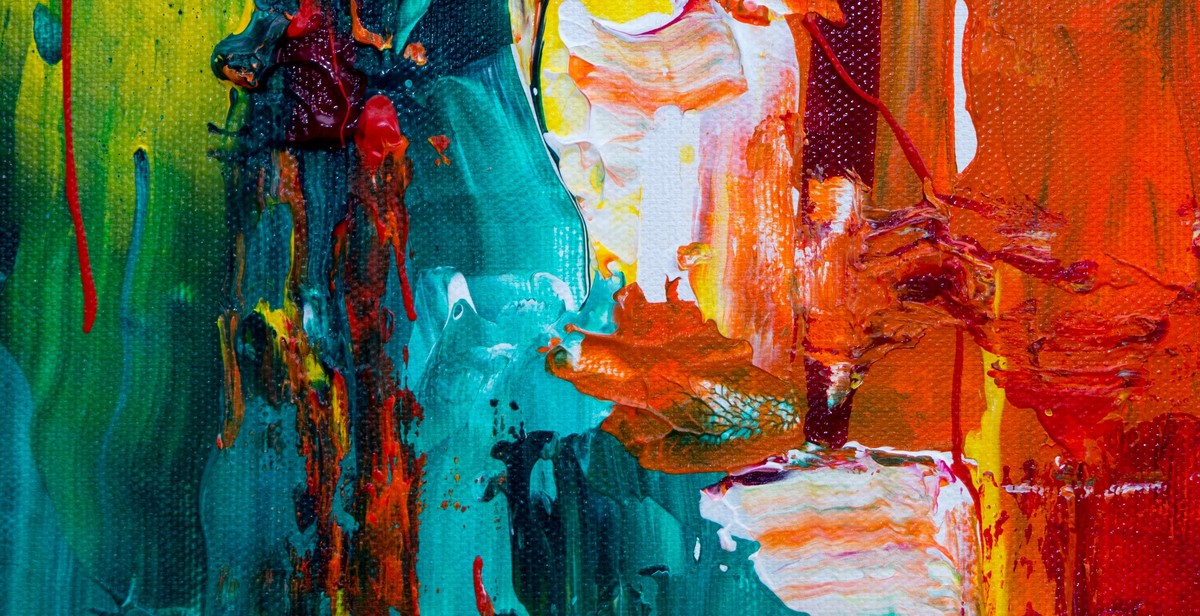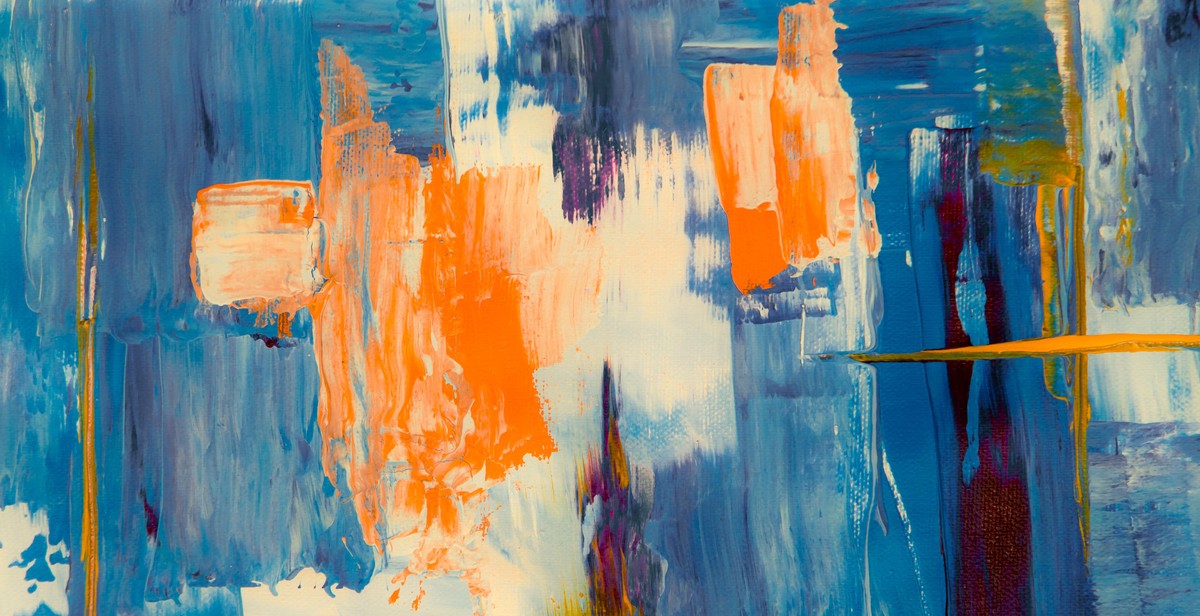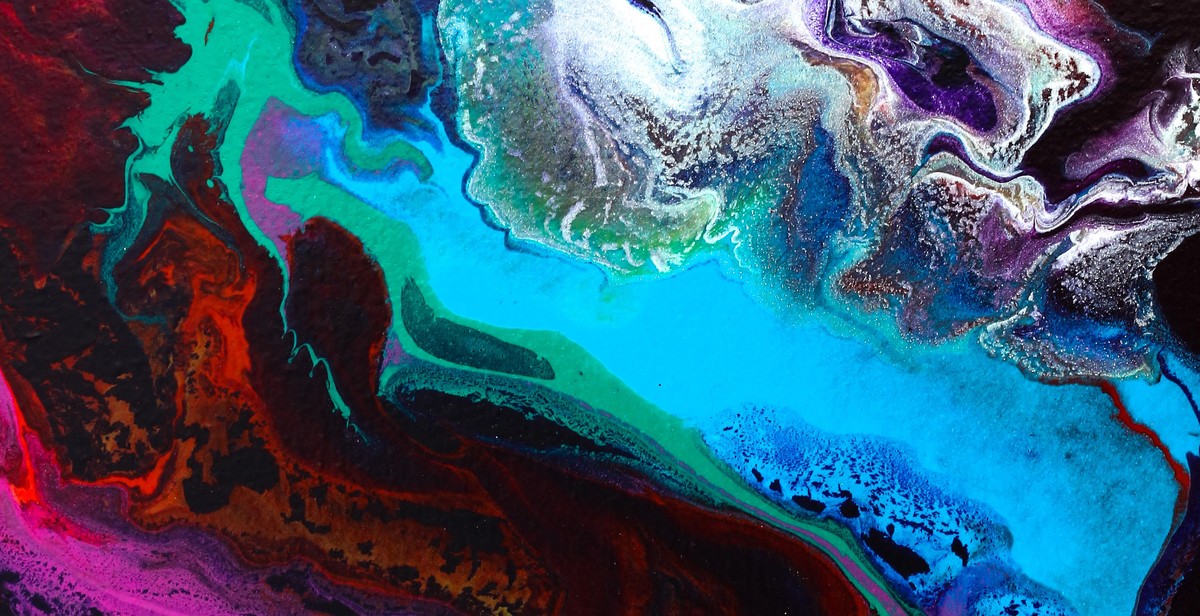How to Paint a Realistic Wildlife Scene with Acrylics
Acrylics are one of the most versatile and popular mediums for painting wildlife scenes. They are water-soluble, quick-drying, and easy to use. Whether you are an experienced artist or a beginner, painting wildlife scenes with acrylics can be a rewarding and enjoyable experience.
Why Paint Wildlife Scenes with Acrylics?
Acrylics are perfect for capturing the beauty and essence of wildlife scenes. They can help you create a realistic and dynamic portrayal of animals and their habitats. You can experiment with different techniques to create textures, shades, and highlights that bring your artwork to life. Acrylics are also durable and long-lasting, so your artwork will stand the test of time.
Materials Needed
Before you start painting, you will need to gather the necessary materials. These include:
- Acrylic paints
- Paintbrushes of various sizes
- Canvas or painting surface
- Palette or mixing tray
- Water and paper towels for cleaning brushes
Setting Up Your Workspace
It is important to have a clean and organized workspace when painting wildlife scenes with acrylics. Make sure you have enough space to move around and set up your painting supplies. Choose a well-lit area with natural light or adequate artificial lighting. Consider using an easel to hold your canvas or painting surface at a comfortable angle. This will help you avoid straining your neck and back while painting.
By following these tips and techniques, you can create a stunning and realistic wildlife scene with acrylics. Stay tuned for the next section where we will discuss the basic steps to painting a wildlife scene.

Preparing Your Canvas
Before you start painting your wildlife scene with acrylics, it is important to properly prepare your canvas. This will ensure that your painting turns out as realistic and professional-looking as possible. Here are the three main steps to follow:
Choosing the Right Canvas
The first step is to choose the right canvas for your painting. You can opt for a pre-stretched canvas or stretch your own canvas. Pre-stretched canvases are convenient because they are already mounted on a frame and ready to use. However, if you prefer to stretch your own canvas, you can purchase canvas fabric and stretch it over stretcher bars.
When choosing a canvas, consider the size you want your painting to be. A larger canvas will give you more space to work with and create a more dramatic effect. However, larger canvases can also be more difficult to work with and may require more time and effort.
Applying Gesso and Sanding the Canvas
Once you have your canvas, the next step is to apply gesso. Gesso is a primer that helps to create a smooth, even surface for painting. Apply a thin layer of gesso to your canvas using a brush or roller. Allow it to dry completely before sanding the surface with fine-grit sandpaper. Sanding the canvas will help to create an even smoother surface and remove any bumps or imperfections.
After sanding, apply a second coat of gesso and allow it to dry completely. You can repeat this process until you are satisfied with the smoothness of the surface.
Transferring the Sketch to the Canvas
Once your canvas is prepared, you can transfer your sketch onto the canvas. You can do this by using transfer paper or by drawing directly onto the canvas with a pencil. If you are using transfer paper, place the transfer paper on top of your sketch and then place the canvas on top of the transfer paper. Trace over your sketch with a pencil, pressing down firmly to transfer the outline onto the canvas.
If you prefer to draw directly onto the canvas, use a light pencil to sketch out your design. Keep in mind that acrylic paint is opaque, so you may want to keep your sketch light and simple.
By following these three steps, you can properly prepare your canvas for painting a realistic wildlife scene with acrylics.

Mixing Paints for Your Wildlife Scene
Understanding color theory is essential to creating a realistic wildlife scene with acrylic paints. The color wheel is a helpful tool for understanding how colors work together and how to mix them effectively.
Primary Colors
The primary colors are red, blue, and yellow. These colors cannot be created by mixing other colors. They are the building blocks for all other colors.
Secondary Colors
Secondary colors are created by mixing two primary colors together. The secondary colors are green (blue and yellow), orange (red and yellow), and purple (red and blue).
Tertiary Colors
Tertiary colors are created by mixing a primary color with a secondary color. For example, mixing red (primary) with orange (secondary) creates a red-orange (tertiary) color.
Mixing Paints for Your Wildlife Scene
When mixing paints for your wildlife scene, it’s important to start with a small amount of paint and gradually add more until you achieve the desired color. A palette knife or brush can be used to mix the paints together.
It’s also important to consider the opacity of the paint. Some colors, such as yellow and white, are more opaque than others. This can affect the intensity of the color when mixed with other colors.
Creating Depth and Realism with Color
Using a variety of colors in your wildlife scene can help create depth and realism. Shadows and highlights can be created by mixing darker and lighter versions of the same color.
For example, if you are painting a lion, you can mix a darker orange color for the shadow areas and a lighter orange color for the highlight areas. Adding a touch of a complementary color, such as blue, to the shadow areas can also create depth and make the colors appear more natural.
Experimenting with different color combinations and mixing techniques can help you create a realistic and visually stunning wildlife scene with acrylic paints.

Painting Techniques
When it comes to painting a realistic wildlife scene with acrylics, there are several painting techniques that can help bring your artwork to life. Here are some of the most important techniques to consider:
Blocking in the Background
The first step in painting a wildlife scene is to block in the background. This involves creating a base layer of color that will serve as the foundation for your painting. To do this, you can use a large brush and apply a thin layer of paint over the entire canvas. Once the base layer is dry, you can start adding more detail to the background, such as trees, mountains, or water.
Adding Texture to the Foreground
After you’ve blocked in the background, it’s time to add texture to the foreground. This can help create a sense of depth and dimension in your painting. To add texture, you can use a palette knife or a stiff brush to apply thick layers of paint. You can also experiment with different techniques, such as stippling or cross-hatching, to create interesting textures.
Creating Realistic Animal Fur and Feathers
One of the most important aspects of a wildlife scene is the animals themselves. To create realistic animal fur and feathers, you’ll need to use a variety of techniques. For example, you can use a small brush to create fine lines and details. You can also use a dry brush technique to create a sense of texture and depth. Additionally, you can experiment with different colors and shades to create a realistic-looking animal.
Detailing and Highlighting
Once you’ve blocked in the background, added texture to the foreground, and created realistic animals, it’s time to add the finishing touches. This involves detailing and highlighting certain areas of your painting to make them stand out. For example, you can use a small brush to add highlights to the animal’s eyes or nose. You can also use a lighter color to create highlights on the fur or feathers.
| Technique | Description |
|---|---|
| Blocking in the Background | Create a base layer of color for the background |
| Adding Texture to the Foreground | Use a palette knife or stiff brush to add texture to the foreground |
| Creating Realistic Animal Fur and Feathers | Use a variety of techniques to create realistic-looking animals |
| Detailing and Highlighting | Add finishing touches to make certain areas stand out |

Finishing Touches
Once you have completed your realistic wildlife scene with acrylics, there are a few finishing touches that can take your painting to the next level.
Adding Shadows and Highlights
One way to create depth and dimension in your painting is to add shadows and highlights. Use a smaller brush to add darker shades to areas that would naturally be in shadow, and a lighter shade to areas that would be catching the light. This technique will make your painting appear more realistic and three-dimensional.
Blending and Softening Edges
To create a more natural and organic look in your painting, use a dry brush to blend and soften hard edges. This technique will help to create a smooth transition between colors and create a more realistic effect.
Sealing and Protecting Your Painting
Once your painting is complete, it is important to seal and protect it. Use a clear acrylic varnish to protect your painting from dust, dirt, and UV rays. Apply the varnish in thin, even layers, allowing each layer to dry completely before applying the next.
- Use a soft brush to apply the varnish
- Apply the varnish in a well-ventilated area
- Allow the painting to dry completely before framing or displaying it
By following these finishing touches, you can take your realistic wildlife scene with acrylics to the next level. Remember to take your time and enjoy the process. Happy painting!
